Since we all love cheese so much, we might as well learn what are the best ways to keep this beloved ingredient fresh, as long as possible. Cheese comes in many forms, flavors and prices and is a big part of the American diet. We are each consuming about a whopping 23 pounds of cheese a year. Many European countries may beat us, but we are catching up fast.
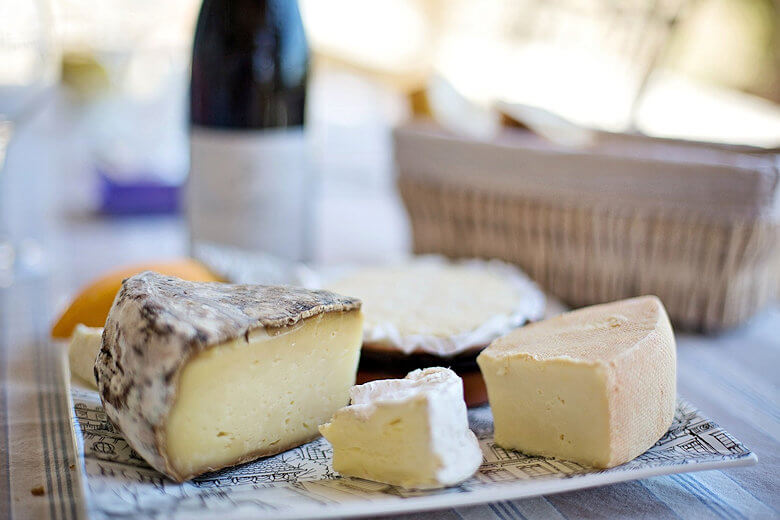
Making cheese is an art form and a very labor-intensive one. The smaller the cheesemaking operation and/or the more perfection the cheesemaker puts into his craft, the higher the price.
Most cheeses are made of the same ingredients; milk (raw or pasteurized), culture (bacteria), salt, rennet (enzymes), and yet there are hundreds of different cheeses. Cheesemakers may add molds or bacteria (blue cheese or brie-type cheese) or bathe their cheese in brine, alcohol or add flavors to the curds or rub the rind with herbs and spices. The number of different cheese continue to rise, and so does my interest, and curiosity. Hopefully, yours as well.
Once the cheese is formed, it needs to age. This is not overly labor-intensive, however cheese wheels need to be turned on a regular basis. The aging process needs a special place, a natural or a man-made ‘cave’; a place with a particular consistent environment.
This is just a quick outline, far from complete; it may explain why artisan cheese, hand-made cheese is not cheap. It is often a small operation with a lot of overhead, and you often get what you pay for; a delicious creation.
My love for cheese and the many questions I get in my business, made me realize that you may benefit from reading this post. Once you have bought a pricey cheese, you might as well enjoy it to the fullest and as long as possible.
10 Ways to Enjoy Cheese Longer
- Refrigerate all cheese, and preferably, do NOT freeze cheese.
- Always wrap cheese before you store it in the fridge.
- Bring the cheese to room temperature before you eat it.
- Find a good cracker and the right accompaniment.
- Don’t serve too many cheeses at one time.
- Know in what order to eat cheese.
- Do not ‘cross-contaminate’ the cheese.
- How to cut cheese.
- Cooking with Cheese.
- If you have never eaten a particular cheese, please try.
1 – Refrigerate all cheese, and preferably, do NOT freeze cheese.
Cheese is a dairy product and we keep all dairy products (milk, butter, yogurt, sour cream, quark, mascarpone and ….. cheese) in the fridge. Freezing cheese is most of the times not the preferred option. Cheese will not go bad, during the freezing and thawing processes, but many cheese types will change in consistency. The soft-ripened cheeses, like the Brie may have a slimy rind after freezing. Another cheese may become crumblier and falls apart, while other cheeses may be ‘wetter’ after thawing. Since the consistency of a product is part of whether you like the cheese; it may change your ‘judgment.’ Again cheese will not go bad, but most of them are not as pretty as before the freezing process. All of them may still be good for sauces and dips, but most won’t win a prize in the beauty contest.
When the moisture in the cheese freezes, it often takes up more space than the liquid form and the protein cell burst. Once thawed the liquid cannot be contained by the cells and thus the cheese’s consistency changes.
Hard cheeses like Parmigiano, Gouda and Pecorino will less likely to be affected, but they can also last a very long time in your fridge. I stick with my own reference to NOT freeze cheese. I buy smaller portions and enjoy it as fresh as possible.
2 – Always wrap cheese before you store it in the fridge.
You may receive cheese wrapped in plastic wrap from the grocery store or your cheese monger, or vacuum packed when it comes from an online store. The very best way to wrap cheese is to surround it with cheese paper, wax or parchment paper. Plastic wrap will suffocate your cheese. Cheese is alive, so it needs to breathe. Replace the plastic wrap and re-wrap it in cheese paper. The softer the cheese the more vulnerable; harder cheeses can be kept vacuum wrapped for a couple of weeks/months.
Do not store a cheese unwrapped in the fridge; it will dry out rapidly. You will end up with a cheese that has rock hard edges and with a dry center. Unwrapped cheese is also prone to become a moldy wedge of cheese and in this case not the preferred mold
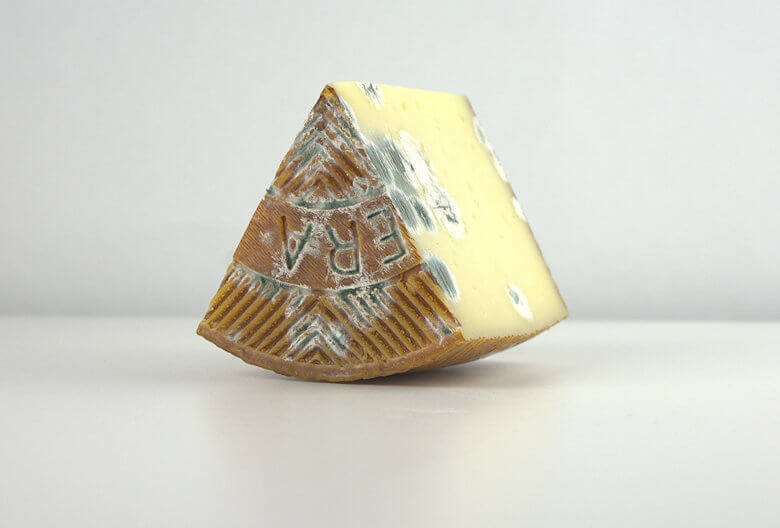
3 – Bring the cheese to room temperature before you eat it.
Cold cheese tastes like nothing and you might as well serve it with water instead of your preferred wine or beer. A Brie cheese should want to ooze when you cut into it. A cold goat cheese has no flavor. Also your Swiss cheese, a cheddar or a hard Gouda Cheese will taste way better when you allow it to come to room temperature. Take the cheese out of the fridge about an hour before you serve it; but keep it wrapped.
Do not take more out than you expect to eat. Taking cheese in and out of the fridge multiple times, allowing it to warm and then putting it back, is not the right way; it increases the risk the cheese will go bad. It may be an indication you bought too much.
4 – Find a good cracker and the right accompaniment.
Great cheese deserves a great cracker. If you want to do it the French way, serve bread. You have many choices; make sure you have the right combination. Don’t try to overpower the cheese, not with flavor and not with quantity. The cheese plays the leading role, not the cracker. If you do like to serve cheese with crackers, you may want to find combinations like
- Whole grain or seedy crackers with creamy cheese
- Flavored crackers with sharp cheddar or Gouda
- Thin crackers with spreadable cheese
- Thicker crackers with harder cheese
Picking other accompaniments work the same way. Unflavored cheeses may benefit from fruit preserve or sharp mustard. Flavored cheeses tend to do better with delicate additions, like honey. Try balsamic vinegar with Parmigiano Reggiano or Pecorino; truffle honey with goat cheese. Aged Gouda loves sharper mustard and sharp cheddar found a mate in chutney.
5 – Don’t serve too many cheeses at one time.
This points may depends on when you serve the cheese and what else is served, but in general too many different cheeses may numb the palate.
At a minimum, serve three varieties: a soft cheese, a (semi) hard, and one blue or goat cheese. When you serve more, try to add at least two, to keep an odd number, for aesthetic balance.
By the way; did you know that the French do not serve cheese before dinner, but always as a dessert.
6 – Know in what order to eat cheese.
In order for your taste buds to appreciate all flavors, start with the mild cheeses and work you way into the stronger and stinkier ones. For example, start with a Brie, end with a blue and have a milder cheese in the middle. E.g. a goat cheese, a mild Swiss cheese, a young cheddar.
7 – Do not ‘cross-contaminate’ the cheese.
When you serve different cheeses, make sure you have a the same number of knives or spreaders. You want to avoid that your blue cheese is mixed with a gorgeous creamy cheese, or a feisty flavored cheese gets in the way of a brie.
Another way to avoid ‘mixing’ the cheeses is to make sure there is enough room on your cheese board to cut the cheese. Overcrowding the board looks beautiful when you start, but looks like a war zone midway through your party.
8 – How to cut cheese.
Whether you are the host or a guest at a party or dinner, you need to know how to cut a cheese to avoid that you’ll embarrass yourself. Cutting cheese is a matter of manners. When you host a party, please refrain from pre-cutting the cheese; it will lose flavor and moisture.
- Round flat cheeses – cut like a pizza
- Square cheeses – cut in triangles
- Rectangular cheese – cut in slices parallel to the rind
- Logs – cut like a salami, so you end up with thick coins
- Pyramids – cut the cheese from the middle of the center down
Whenever you cut into a delicious brie, never cut off the nose; the tip of the cheese closest to the center. It is the most flavorful and the creamiest part of the cheese. Cut a brie from the circumference to the center, so you can taste all the various flavor stages and other guests as well. Please don’t cut off the rind and leave that behind for the next guest to clean up.
9 – Cooking with Cheese.
Not every cheese is meant to be converted to a pasta sauce or casserole. I mean to say that it may be a waste of money to chop a fine artisan cheese and melt it into a cheese sauce. You may not taste the difference with a more traditional cheese, while you spent a small fortune.
On the other hand, when you do have tine pieces of cheese left, after a party, please don’t throw them away, use those in a salad, a spread, a dip or a sauce and enjoy that once in a life-time cheese sauce.
10 – If you have never eaten a particular cheese, please try.
Personally, I would always try a new cheese if I get the chance. I have tried the super stinkers, the delectable creamy and the sticky, flavored and whatever I can get my hands on. Why? Simply to learn, to not judge food on its looks or aroma. I have been surprised, some of them were definitely not a favorite and others were absolutely an eye-opener.
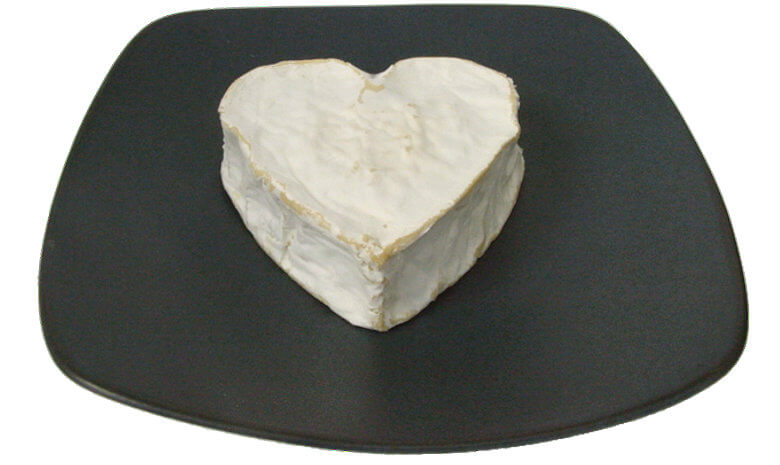
The French say: ‘A meal without cheese is like a day without sunshine’.
I cannot agree more!

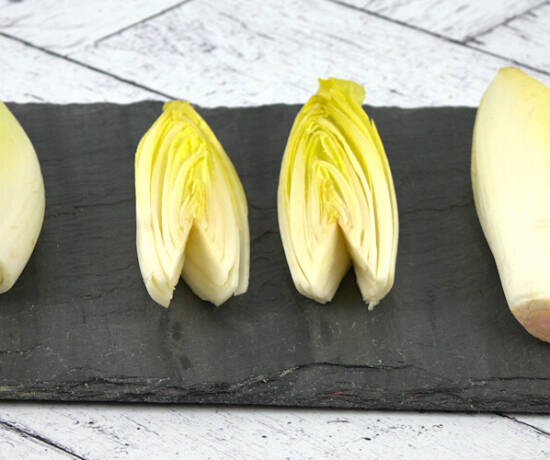
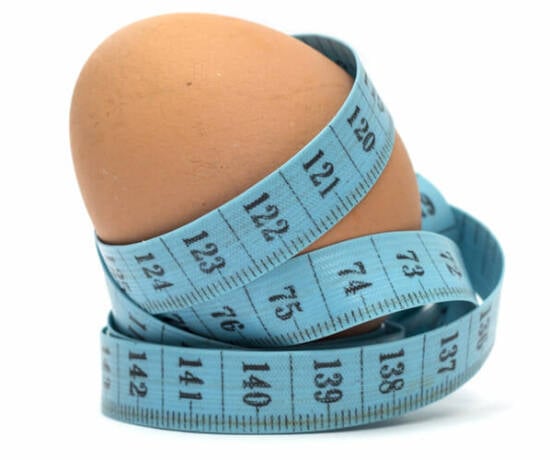
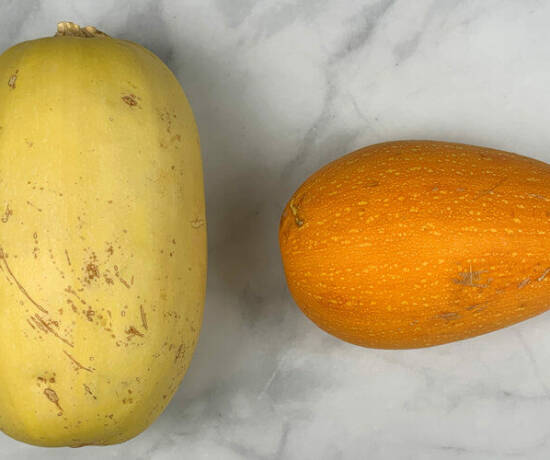
2 Comments
van den R384684 M.F.
June 9, 2019 at 4:14 pmheb weer wat geleerd over kaas bewaren etc. bedankt
Marinka
June 9, 2019 at 5:19 pmDat is fijn om te horen, vooral als je een kaas liefhebber bent.